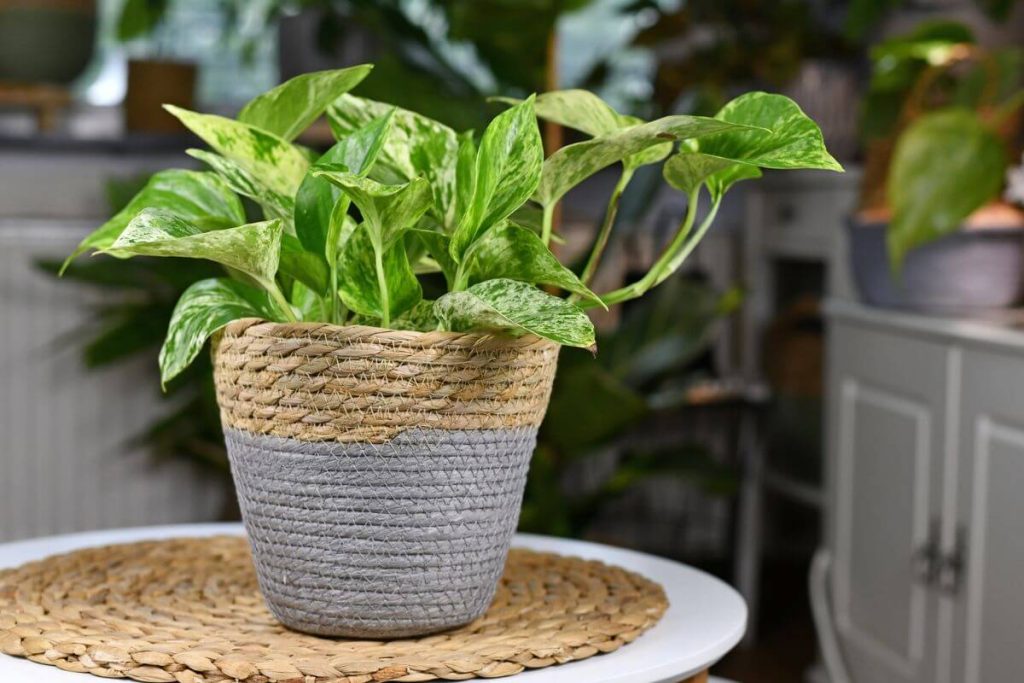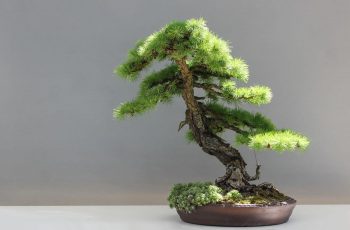The Marble Queen Pothos, a popular variety of Epipremnum aureum, is celebrated for its stunning variegated leaves. This tropical plant thrives in various indoor settings, making it a perfect addition to homes and offices. Below is a comprehensive care guide to help you keep your Marble Queen healthy and vibrant.

Overview of Marble Queen Pothos
Marble Queen Pothos is known for its beautiful, variegated foliage, which can brighten any space. This hardy plant is a fast grower and can be trained to climb or cascade, enhancing your decor. Native to the rainforests of the South Pacific, it adapts well to indoor conditions.
Care Guide
- Soil: Marble Queen Pothos prefers well-aerated, loose potting soil. You can enhance drainage by mixing in orchid bark or perlite. It can also thrive in water, but ensure it receives adequate nutrients.
- Temperature: This plant enjoys warm temperatures, ideally between 60°F and 90°F, with a preference for around 70°F to encourage growth.
- Light: While it thrives in bright, indirect light, Marble Queen Pothos is adaptable and can tolerate low light conditions. However, insufficient light may reduce its variegation, leading to greener leaves.
- Watering: Avoid overwatering, which can lead to root rot. Water when the top couple of inches of soil feel dry. Using a pot with drainage holes is essential to prevent standing water. Filtered or rainwater is preferred over tap water.
- Humidity: Marble Queen Pothos enjoys humidity levels between 60% and 95%. While misting can temporarily boost humidity, it’s better to use humidifiers or pebble trays for long-term effects.
- Fertilization: Use a liquid houseplant fertilizer during the growing season (March to September), fertilizing monthly or bi-monthly. In winter, dilute the fertilizer to half strength.
- Repotting: Repot when the plant becomes rootbound, typically during the growing season. Choose a pot one size larger than the current one.
- Pruning: Regular pruning encourages bushier growth and helps manage its aggressive growth habit. Trim back stems to promote fullness, especially if you want a compact tabletop plant.
- Propagation: Propagate by taking stem cuttings with at least one leaf and placing them in water until roots develop. Once roots are a few inches long, transfer them to potting soil.
Toxicity and Pests
Be aware that Marble Queen Pothos contains calcium oxalate crystals, making it toxic to pets. Monitor for common pests such as aphids and mealybugs, which can be treated with organic insecticidal soap.
Common Issues
- Yellowing Leaves: Often a sign of overwatering; ensure proper drainage.
- Brown Tips: Indicates too much direct sunlight or low humidity.
- Loss of Variegation: Can occur from insufficient light; move to a brighter location.

With the right care, your Marble Queen Pothos can thrive for years, providing beauty and freshness to your indoor space. Enjoy the journey of nurturing this resilient plant!




